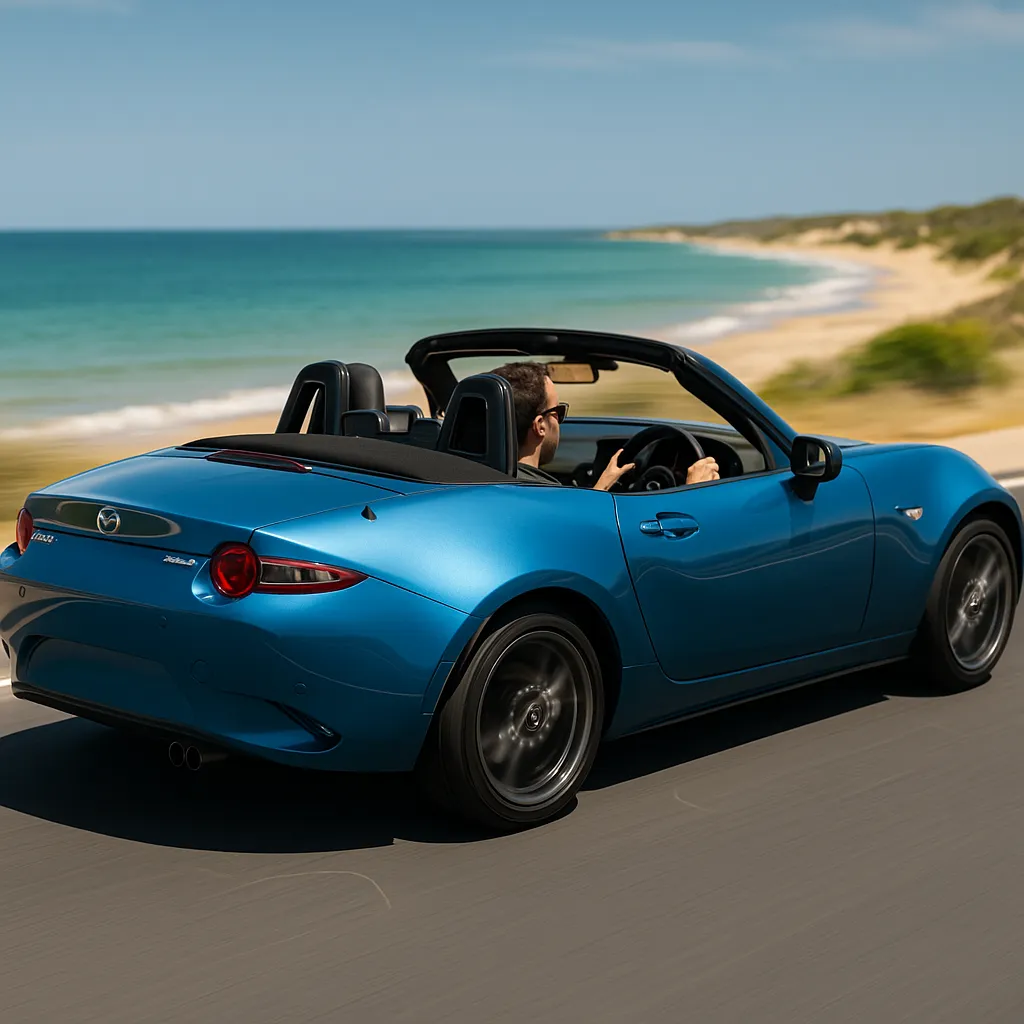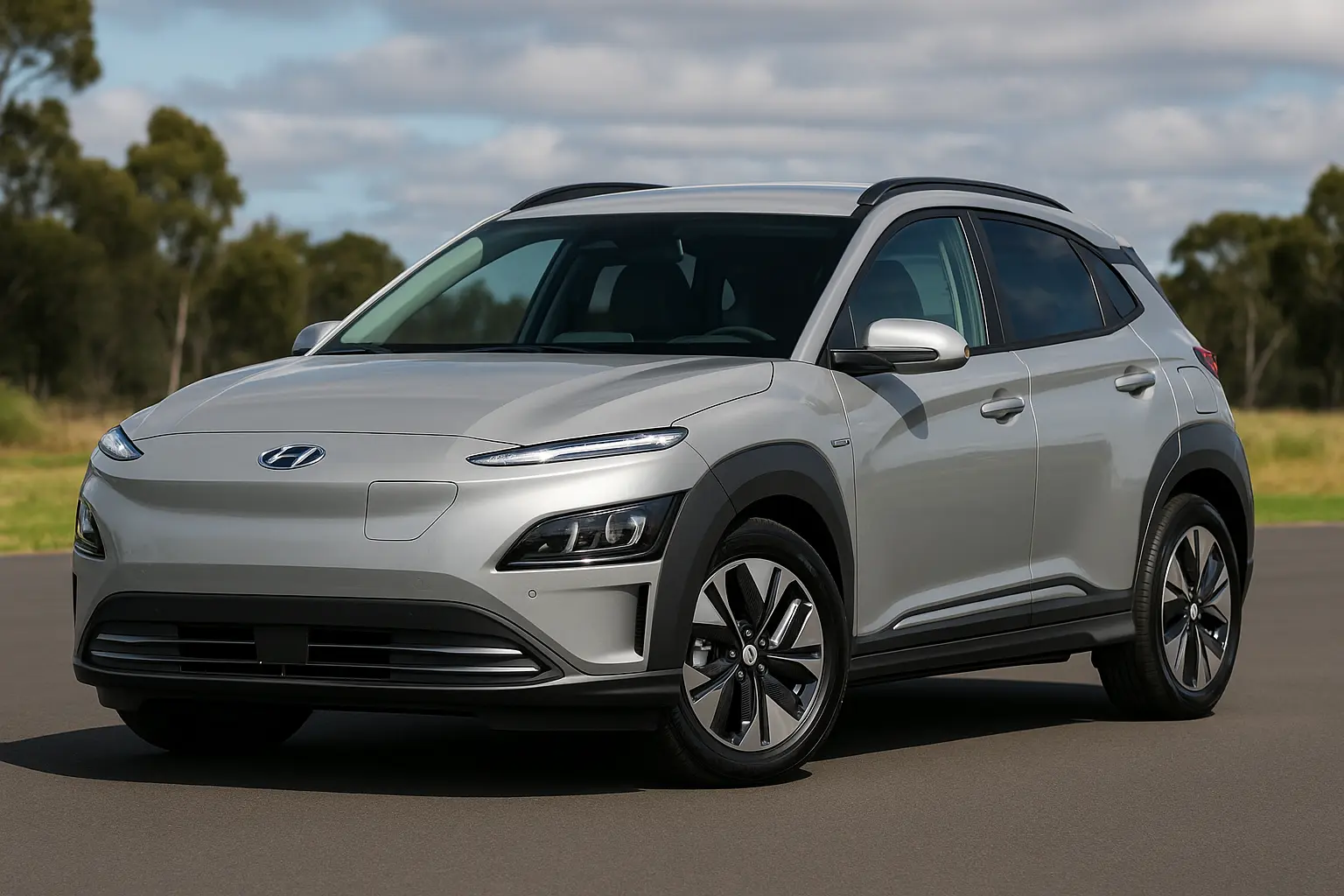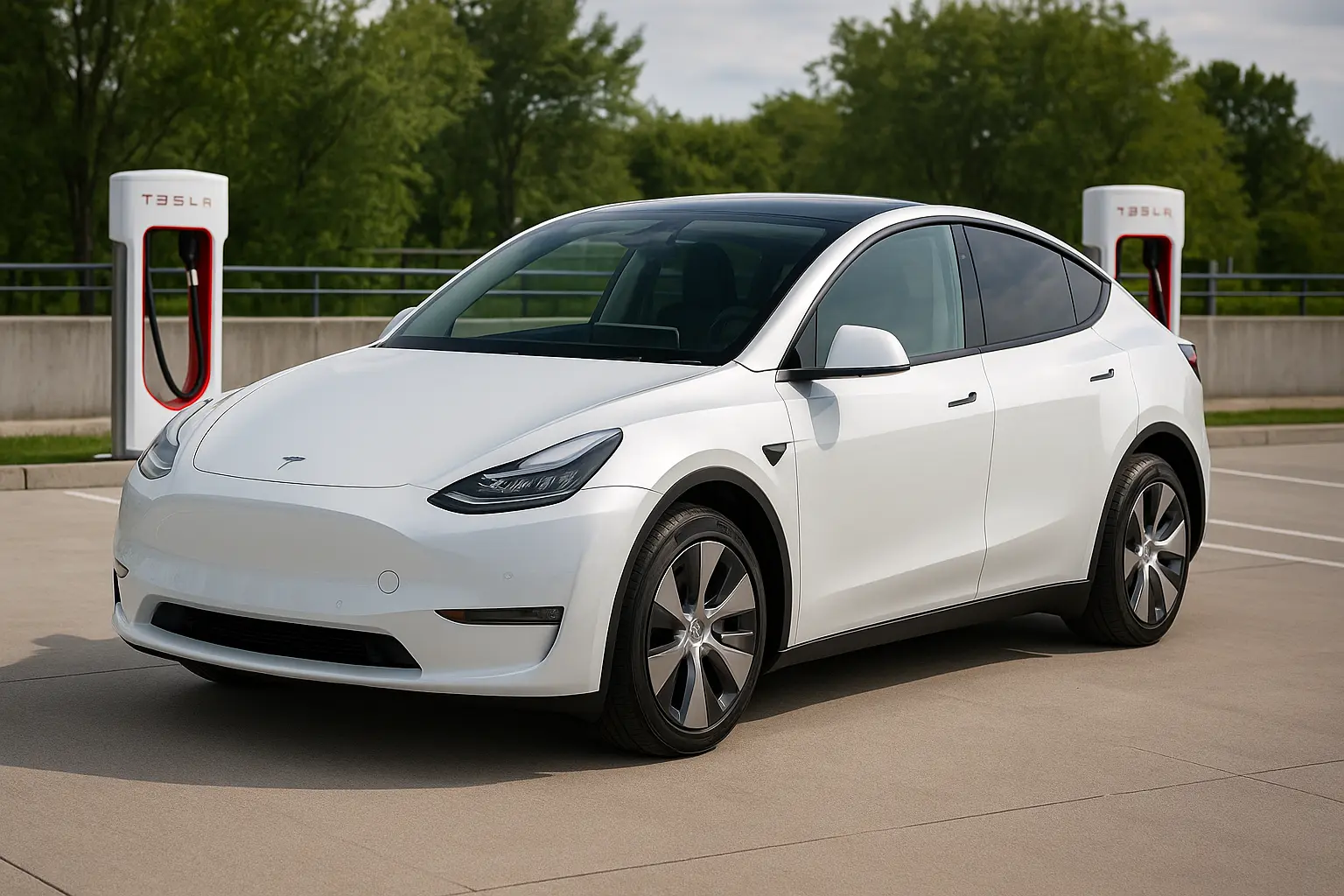Introduction: The Allure of Convertibles in Australia
Convertible cars have long been symbols of freedom, luxury, and lifestyle. There’s nothing quite like dropping the top and cruising along the coast or winding through hinterland roads under the Australian sun. But is a convertible really a practical choice Down Under? And if so, which one suits your budget, lifestyle, and weather?
This comprehensive guide will walk you through everything you should know before buying a convertible in Australia in 2025 – from types of convertibles and pricing to performance, climate considerations, safety, insurance, and top model recommendations.
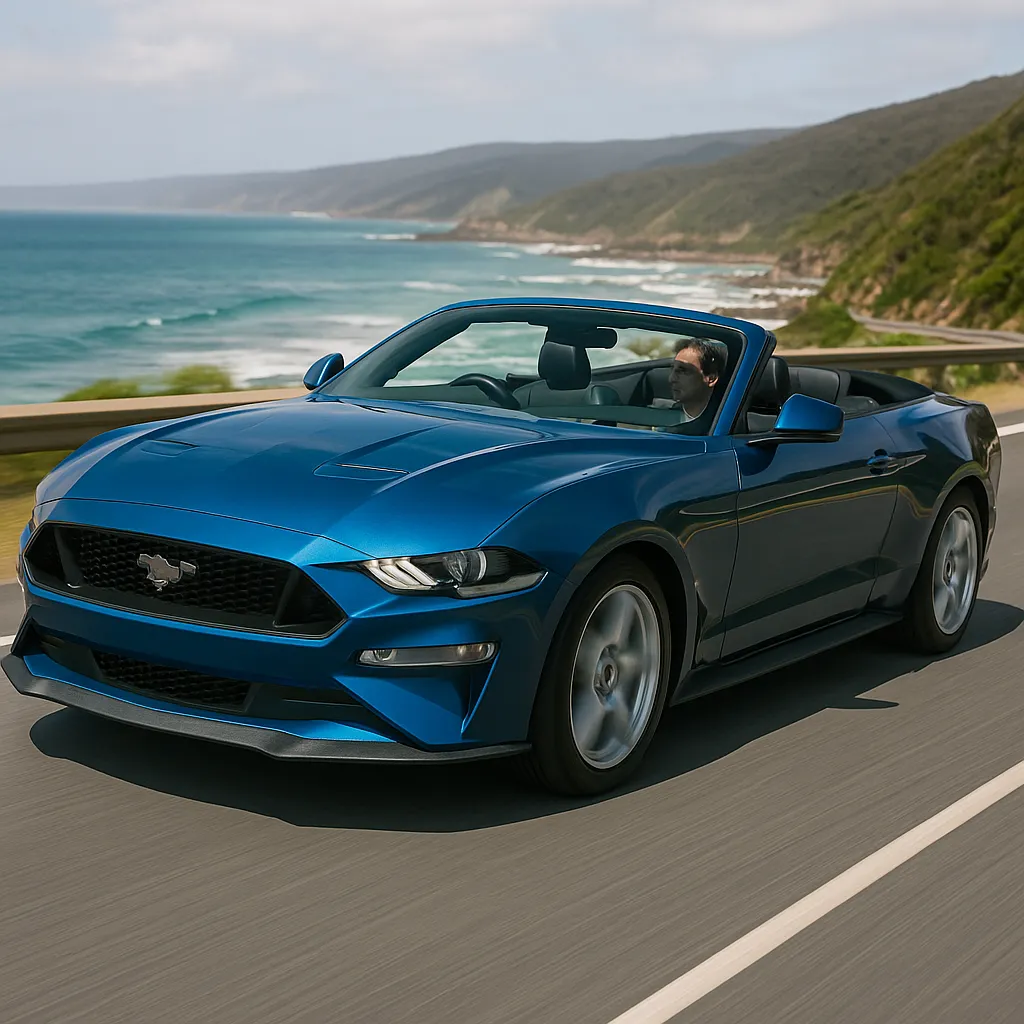
1. What Exactly Is a Convertible Car?
A convertible car (also known as a cabriolet or drop-top) features a roof that can retract or fold away, allowing drivers and passengers to enjoy open-air driving. There are two main types:
Soft-Top Convertibles: Fabric roofs, usually lighter, quicker to fold, and often cheaper.
Hard-Top Convertibles (Retractable): Metal or composite roofs that fold electronically, offering better insulation and security.
Some cars are:
Full convertibles (roof retracts completely)
Targas or Semi-convertibles (fixed roof section, only part retracts)
2. Is a Convertible Practical in Australia?
Yes — but only for the right buyer. Here’s how it stacks up in Aussie conditions:
☀️ Climate Suitability:
Perfect for warm, dry states like NSW, QLD, SA.
Not ideal for frequent rainy climates like Tasmania or parts of VIC unless hardtop.
UV exposure is high, so sunscreen, sunglasses, and UV-tinted windows are a must.
🌧️ Weatherproofing:
Modern convertibles are far more sealed and weather-resistant than older models.
Soft-tops may fade or leak over time; hard-tops are more durable but heavier.
🧳 Boot Space and Practicality:
Boot space is often compromised due to roof mechanisms.
Rear-seat space in most convertibles is minimal.
3. Pros and Cons of Owning a Convertible
✅ Pros:
Open-air driving experience.
Great for weekend getaways, summer drives.
Stylish and desirable – higher visual appeal.
Surprisingly good resale value on niche models.
❌ Cons:
Less practical for families.
Can be more expensive to insure.
Reduced rear visibility with top up.
Noise and insulation not as refined.
Maintenance can be costlier, especially with the roof mechanism.
4. What to Look for When Buying a Convertible
1. Roof Mechanism Quality
Manual or electric?
How quickly does it fold?
Does it operate while driving (slow speeds)?
2. Body Rigidity
Convertibles lack a fixed roof, reducing structural strength. Look for models with extra chassis reinforcement to avoid body flexing or “scuttle shake.”
3. Interior Finish
Ensure weather sealing is solid. Soft-tops are prone to water ingress and sun damage, so premium trim is key.
4. Climate Control
Dual-zone climate control, heated seats, and a powerful AC are essential for Aussie summer and winter extremes.
5. Wind Deflectors
Makes a huge difference at highway speeds to reduce cabin turbulence.
6. Safety Features
Roll-over protection bars
Side curtain airbags
Lane-keep assist and blind-spot monitoring (for reduced visibility)
5. Convertible vs Coupe – What’s Right for You?
| Feature | Convertible | Coupe |
|---|---|---|
| Roof Type | Foldable soft/hard top | Fixed metal roof |
| Style | Sporty, attention-grabbing | Sleek and refined |
| Safety | Slightly lower in rollover crashes | Higher rigidity |
| Boot Space | Smaller due to roof mechanism | Generally more |
| Cost | Typically more expensive | Often cheaper |
| Maintenance | Roof system can require repairs | Less complex |
Verdict: If you value fun and don't mind paying a premium for lifestyle, convertibles make sense. But for all-weather practicality and family use, a coupe or hatch may be better.
6. Top Convertible Cars Available in Australia (2025)
Here are some standout choices depending on budget and purpose:
🏆 Budget-Friendly Convertibles (Under $60K)
1. Mazda MX-5
Soft-top
RWD, manual available
Fun, agile and reliable
Price: ~$45K drive-away
2. Mini Convertible
Funky interior
Three-door with good infotainment
Price: ~$52K drive-away
💼 Mid-Range Convertibles ($60K–$120K)
3. BMW 2 Series Convertible
Soft-top
Sporty handling with premium comfort
Price: ~$89K
4. Ford Mustang Convertible
Iconic style and V8 muscle
Powerful and surprisingly spacious
Price: ~$80K+
👑 Luxury Convertibles ($120K–$300K)
5. Mercedes-Benz C-Class Cabriolet
Hard-top option
Exceptional comfort and advanced tech
Price: ~$130K
6. Audi A5 Cabriolet
Classy and refined
AWD Quattro system adds grip
Price: ~$120K+
7. Porsche 911 Cabriolet
Performance benchmark
Timeless design, exhilarating drive
Price: $250K+
7. Insurance & Ownership Costs for Convertibles
Insurance:
Higher premiums than equivalent coupes or sedans.
Risk factors: soft-top vulnerability, parking location, driver age.
Maintenance:
Roof mechanisms need servicing every few years.
Soft-top fabric cleaning, sealing, and UV treatment are ongoing.
Fuel Economy:
Slightly lower due to heavier body/chassis reinforcements.
Check the kerb weight and engine efficiency before buying.
8. Used vs New Convertibles in 2025
Buying New:
Covered by warranty
Latest tech, safety, and efficiency
More expensive upfront
Buying Used:
Better value if well-maintained
Ensure:
Roof mechanism works
No water leaks
No signs of accident damage
Check for faded roof or seals
Good Used Picks:
Audi A3 Cabriolet (older gen)
BMW Z4 (2017–2021)
Mazda MX-5 (2016 onwards)
9. Convertible Car Specs That Matter Most
Focus on:
Kerb Weight: Impacts performance and fuel use.
Roof Mechanism Type: Electric, manual, or hydraulic?
Acceleration (0–100 km/h): Performance matters more when wind is in your hair.
Boot Capacity: Some convertibles drop below 180L!
Fuel Type: Most use petrol; a few hybrids may arrive soon.
10. Are Convertibles Safe in 2025?
Yes – but not all are created equal.
Key Safety Features:
Active Rollover Bars (automatically pop up)
Side Impact Protection
Curtain and Seat Airbags
Blind-Spot Alerts (important in soft-tops)
ESC, ABS, AEB – standard in most models
ANCAP Ratings:
Check the official ANCAP website for crash ratings. Some convertibles are unrated due to lower volume, but many share platforms with rated sedans/coupes.
11. Common Myths About Convertibles
| Myth | Reality |
|---|---|
| Convertibles leak in rain | Modern ones are extremely well-sealed |
| Unsafe in crashes | Modern convertibles meet high safety standards |
| Only for summer | Heated seats, proper insulation make them usable year-round |
| Bad resale value | Rare, desirable convertibles often hold value well |
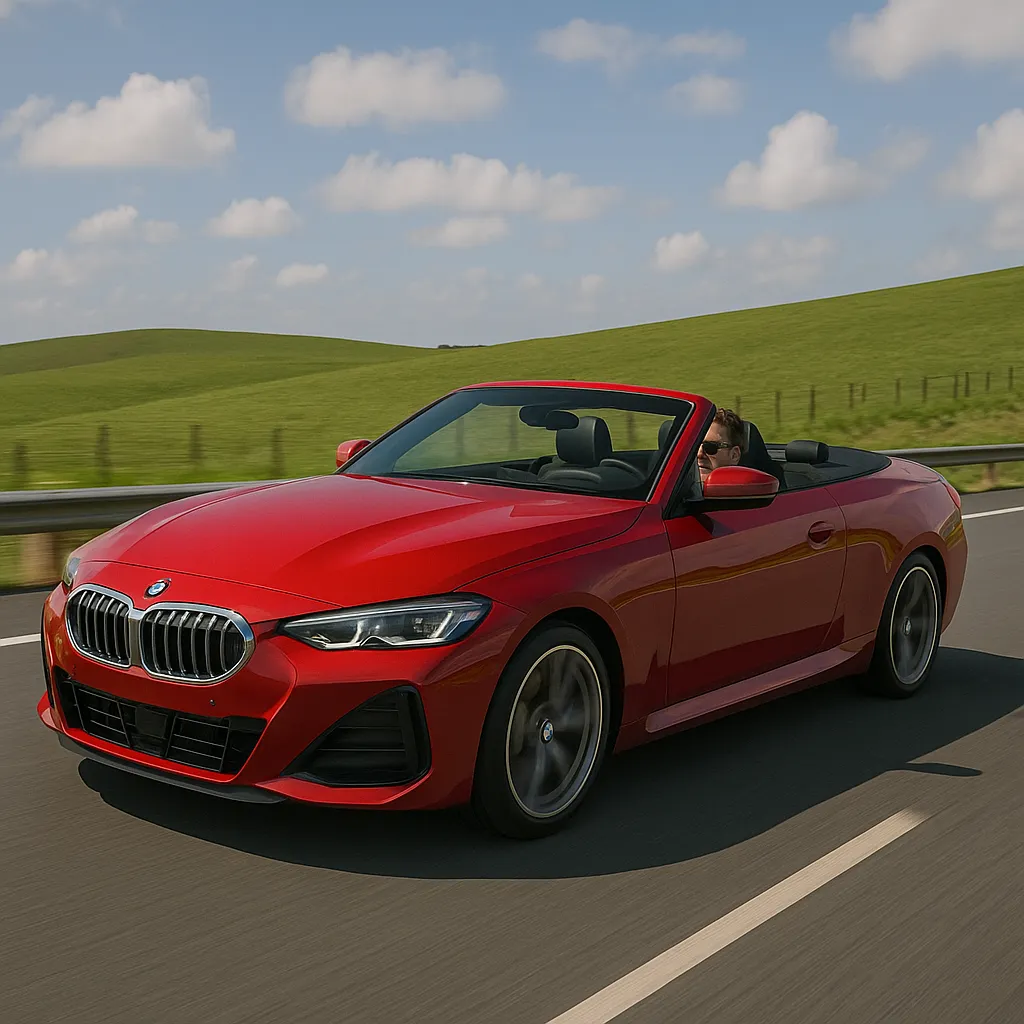
12. Final Verdict – Should You Buy a Convertible in Australia?
If you're looking for a car that brings excitement to every drive, a convertible could be perfect. With Australia’s warm climate, stunning coastlines, and open highways, convertibles make emotional and lifestyle sense — as long as you understand the trade-offs in space, cost, and practicality.
Whether you’re eyeing an affordable Mazda MX-5, a stylish BMW, or a full-blown Porsche 911, the 2025 convertible market has something to offer every kind of buyer.
Conclusion
Buying a convertible in Australia is more than just a car purchase — it's a lifestyle choice. With the right model, good insurance, and proper maintenance, a convertible can be a joy for years to come. Just make sure it aligns with your driving habits, climate, and expectations.
Leave a comment
Your email address will not be published. Required fields are marked *


